You’re walking down a crowded street (picture New York) and the sun is shining on your face. You’re enamored with the little golden leaves dancing through the air and your lungs are full. Everything is as it should be.
But then someone bumps into you. Someone steps on your foot. Your nice high heel gets caught in a grate. A bird poops on your wool coat. Someone flips you off on the corner as you accidentally stepped into the crosswalk a moment too early. Your boss fires you. Your relationship of two years ends. Your resume isn’t drawing any attention. Suddenly, things are unraveling and the same street scene becomes more like a tunnel.
This tunnel is my best analogy for depression.

At first, it’s a short one — a small underpass with cars zooming through and you can see the large, circular light at the other end. But as you progress through the tunnel, the length of it stretches out of reach like an illusion. You drive and drive but the tunnel gets longer and longer. The longer it gets, the smaller the circle of light becomes at the end.
Before you know it, the tunnel grows even darker and that light is just a speck. You try to turn your car lights on, but realize your battery is dead. You pull over to sleep. You wake up in the morning in the same scenario, but now there’s zero light at the end of the tunnel. You get out of your car and stumble through the darkness, anxiety and fear overtaking you with a feeling of no return.
The light at the end of my tunnel began to shrink when I was around 25.
I graduated college with high grades and special honors and was excited to seek a profession that I felt passionate about. I had dreams of getting married and settling down by my mid-twenties with a cute little family and a well-paying job. I ended up interning at Sony Pictures in Los Angeles because I was passionate about film, but found my daydream of rubbing shoulders with celebrities not coming true. Instead, I was making 14 copies of 14 scripts day in and day out. My creative brain was dying. My hope of “moving up” was shattered and all of a sudden I was struck with the reality that my ideas of how easily “success” was attained were very far off.
You drive and drive but the tunnel gets longer and longer. The longer it gets, the smaller the circle of light becomes at the end.
At the time, I was also in a relationship with someone who was a great human, but entirely incompatible with me in every way. My emotions swung with the pendulum of our relational ups and downs and I found myself obsessed with trying to be someone I was not. One day he told me our relationship was done and I was absolutely devastated. I had let another human being determine my entire self-worth based on approval and acceptance and now that this ship had sailed, I was left in a pile of “what ifs,” replaying all my mistakes — covered in guilt and despising my tendencies and personality.
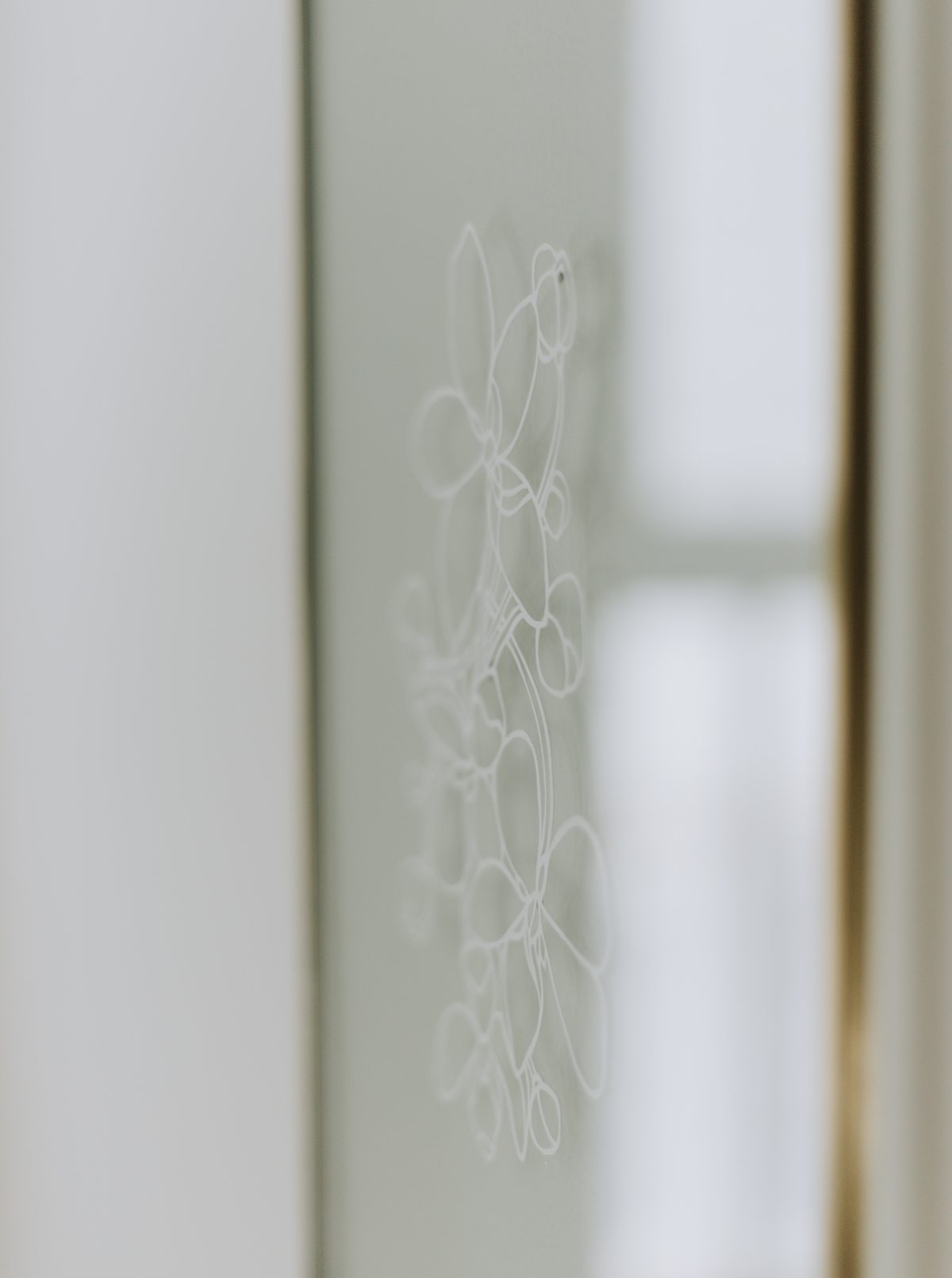
I started to feel feelings of worthlessness, shame and deep regret. I dug up all the negative words that anyone had ever used to label me and they became my identity — words like “overly-sensitive,” “idealistic,” “judgmental,” “perfectionistic,” “crazy” or “untrusting.” I started to feel anger toward the way I was made and envied other women who seemed to have it all together:
The ones who were “light-hearted” and “fun.”
The ones who didn’t ever feel sadness.
The ones who were just “cool” with anything.
The ones for whom trust came so easily.
The ones who didn’t take life so seriously.
The ones who could forgive and forget so quickly.
This anger, comparison and frustration turned inward to self-hatred. I began to feel “fatally flawed” and insignificant. I hated that I cared so much about the world, about pushing back the darkness with light, about doing something that mattered. I hated that I was so sensitive and could walk into a room and feel everyone’s emotions. I hated that I always saw how things or people could be improved. I wished that I could turn off my racing thoughts, my tendency toward heavy empathy. I often told my friends how I felt like I was carrying a huge backpack filled with “the world in general” and I couldn’t take it off.
I dug up all the negative words that anyone had ever used to label me and they became my identity …
At the time I didn’t know that those labels and words I used to define myself were actually positive attributes I possessed that had just gone off the rails a bit — character traits that I needed to learn how to temper, balance and turn for good.
No matter what my friends said to me at the time, however, I had decided that I was beyond help and a special case of sadness. I moved in with my college best friends and continued to wallow in my emotions, taking sleeping pills every night just to numb the pain. I wished that every morning would bring a new hope, but it didn’t.
It wasn’t until I had a certain conversation that things really began to change.
Stay tuned for Parts II and III of this series coming soon, in which Sarah talks about how Darling emerged from this storm and how she eventually journeyed out of depression.
Feature Image via Justice Apple at Elyse Connolly Agency for Darling Issue 21

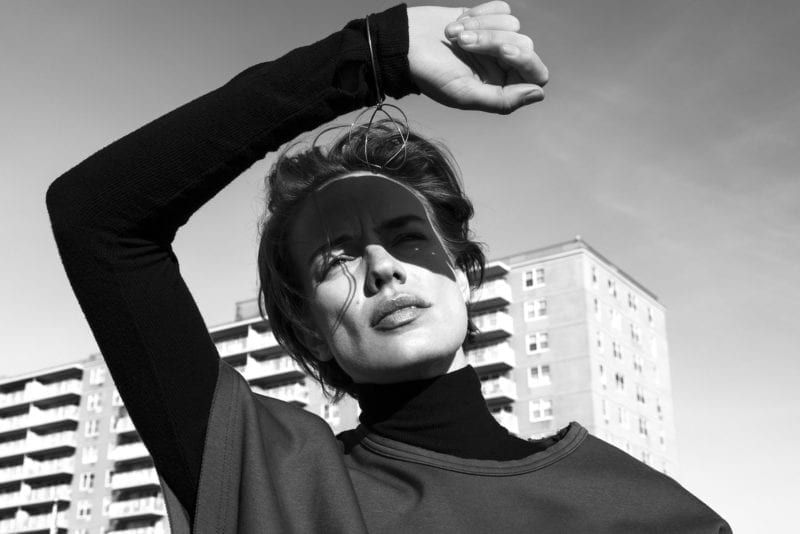
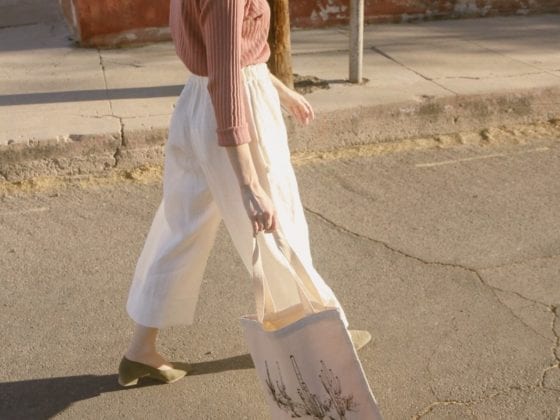

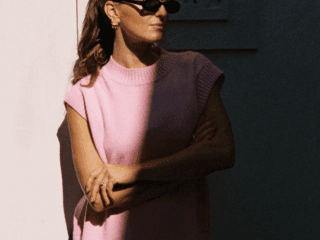





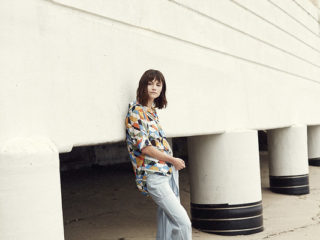
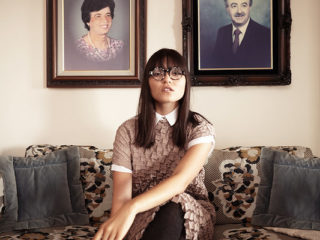
2 comments
Eagerly looking forward to reading the next parts… so good.. thank you!
This was an interesting interpretation of the analogy used here, I connected with it because it’s a different description than merely “the light at the end of the tunnel” and it reminds me of how sometimes the hardest part of dealing with depression or struggling with thoughts and feelings like this is knowing how to define it or gaining that self-awareness.
It is like if you have ever owned one of those toys where you put the little circular cards of tiny film into the binoculars and as you press down on a button and look through the holes you can see an image and each time you press the button the little circular card rotates until it tells a full story via little pictures. That’s how I always think of the pestering thoughts or self-attributes as when they cycle through my mind. The image pops up, or the thought say, of being worthless, and I stare at it long enough to make sense of what I am feeling then click the button to try to push it aside and see a new image, a new pestering thought of not using my full potential. Then click and out with the old and in with another thought. But in my mind, I could just click, click, click and the thoughts, even when I push them aside for a moment always cycle back around and they are hard to get rid of because they always come back into the rotation like the images on the circle cards. At some point, I think we, I, either need to take the card out or learn to see the pictures differently. However, it is much easier said than done.
I’m looking forward to reading part 2 and 3. Thank you for your candor in sharing this story.